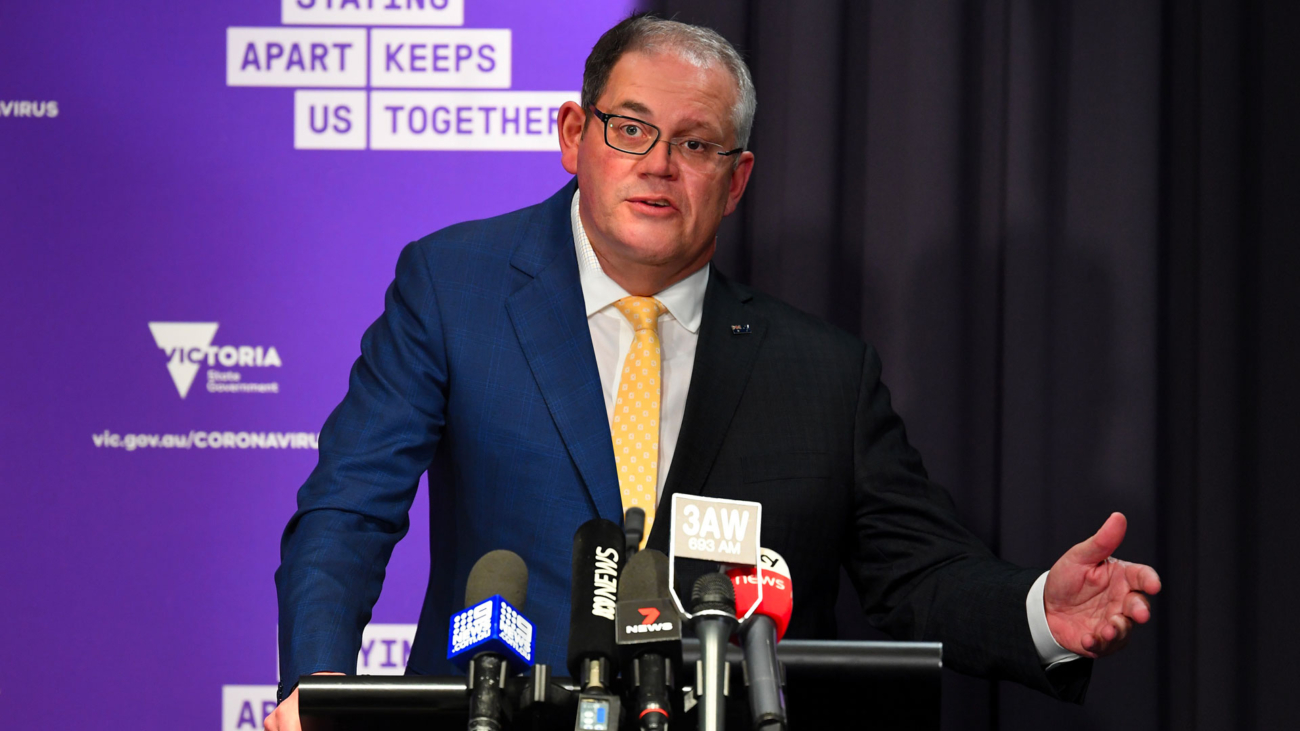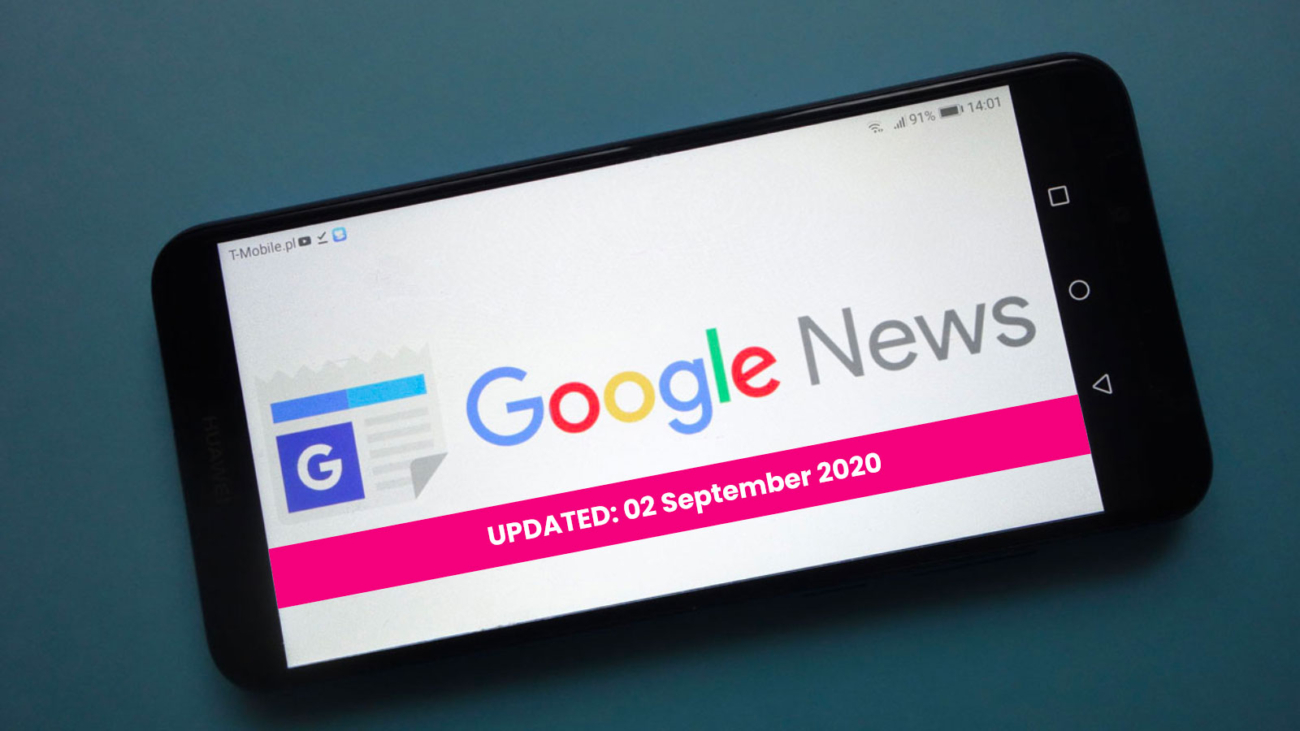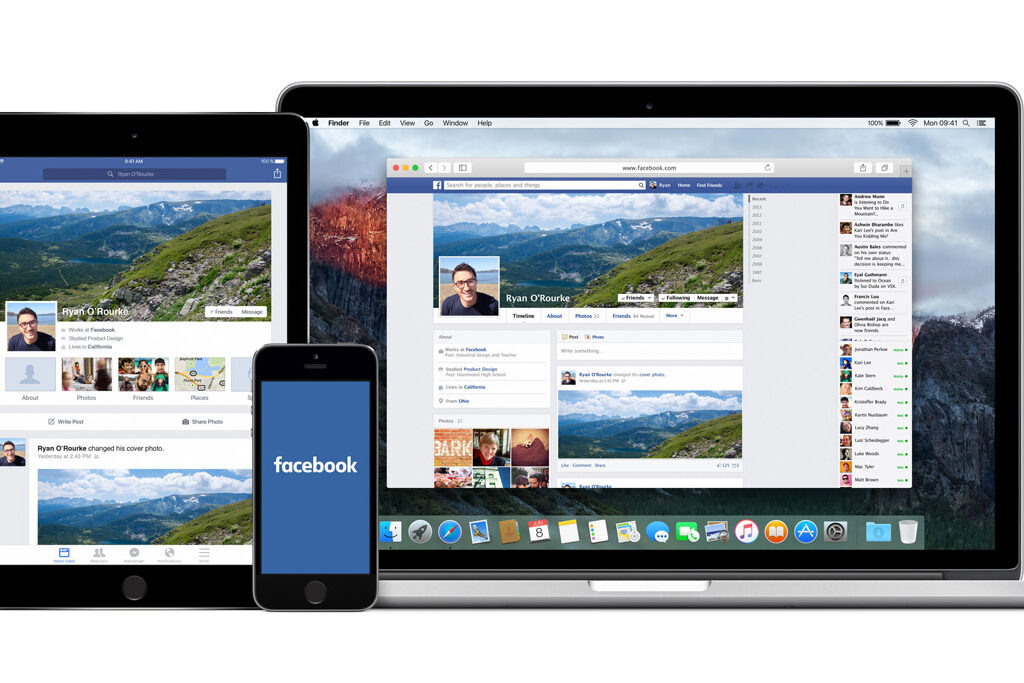One of the defining moments of the 2019 Federal election was Opposition Leader Bill Shorten’s heavily publicised showdown with Ten Network journalist Jonathan Lea.
Shorten was riding high at the time and cruising towards victory. Just a month out from the poll, his confidence was on full display as he sparred with Lea over the undisclosed cost of Labor’s emission reduction target to the Australian economy.
It did not go well. After initially berating the journalist about his sources, Shorten jumped into a 90-second monologue about the economic failures of the Morrison government, railed against corporate profits and his gave another forceful rendition of his campaign mantra about the Coalition’s imaginary cuts to service.
He completely ignored the substance of the question and when the Lea demanded he answer, Shorten simply scoffed and demanded another journalist be given the opportunity to ask a question.
Lea was having none of it.
“Answer the question. When can people know? When can people know, Mr Shorten, the cost to the economy? You didn’t answer the question.” Lea demanded.
The exchange led news bulletins for a full 24-hour cycle (an eternity in a campaign) and it did not play well with voters. For many, it was confirmation of the underlying questions they had about Shorten and his lack of substance. It was the first crack in Labor’s armour, which had, to that point, been impenetrable.
History tells us despite the stumble, Shorten still took a lead into polling day. But it was not to be, with Morrison leading the Coalition to victory on May 19. In the wash-up, many pundits rightly pointed to the dust-up, along with Bob Brown’s disastrous convoy of anti-coal activism into the heart of Queensland’s coal mining regions, as the turning point in the election.
Politics and the media
Shorten and Lea’s stoush was a prime example of why managing the media is critical to political success, particularly during a campaign. Despite the focus most major political parties put on raising and spending money during an election, there is a far greater correlation between positive earned media sentiment and success than money spent and success.
If money was the key to political success, we would have Prime Minister Clive Palmer overseeing the nation’s pandemic response strategy.
The ability to joust with a hyper-partisan media, without flinching or stumbling, is the most critical skill of any modern politician. It is why so many clearly incompetent people, with great media management skills, can rise to very high positions in politics. Where is Nick Xenophon these days?
While they have been a fixture of politics in most large democracies for many years, the rise of 24-hour news channels has fundamentally changed the way Australian politicians, public servants and other community leaders must deal with the media.
Dealing with the pressure of a live-to-air press conference, sometimes lasting more than an hour, has added a new plank to the required skillset of people seeking high office.
Prior to the outbreak of the coronavirus pandemic, most Australians’ experience of these live press conferences was their post-spill introduction to their new Prime Minister. Gillard, Rudd, Turnbull and Morrison all made their way straight to a podium after their successful party-room ballots. Each of them knew it was critical to define the narrative of the change of leadership. Some were more successful than others.
However, as the coronavirus swept the world and populations were ordered to stay home, live updates from leaders have become compulsory, and fascinating, viewing. We have seen our leaders under pressure like never before.
My office has the benefit of a television that streams news throughout the workday. This gives me an opportunity to see leaders fronting up day after day to live press conferences and a strong sense of the strategies they deploy to keep the media focussed on their leadership qualities, not mundane distractions like their governance and policy failures.
Throughout the crisis, two leaders – Morrison and Victorian Premier Daniel Andrews – have been head and shoulders above the rest in managing the narrative and keeping their respective press packs under control.
The Bridge and the Shield
Morrison’s extensive experience dealing with the media from a relatively young age as the Head of Tourism Australia through his elevation into Federal Cabinet, oversight of the ‘turn back’ immigration policy and as Treasurer was great preparation for the cut and thrust of daily briefings.
Most of his media conferences have a fairly predictable ebb and flow to them with a long-winded introduction to the topic of the day followed by some gentle follow-ups to clarify data, government strategies or any inconsistencies. It’s after this initial parry that the real fireworks begin. It is in this environment, being peppered by tough questions on uncomfortable topics, where Morrison comes into his own as a media master.
In recent weeks, the overwhelming majority of questions relate to the perceived shortcomings of the government’s income-support initiatives to deal with the economic fallout of the States’ decision to shutter economies.
The Prime Minister’s go-to tool for handling difficult questions is the primary tactic media trainers have been teaching their clients for many years – bridging.
Bridging is the cornerstone of dealing effectively with the media and an essential tool to control a media interview. It is the linguistic tool that allows the interviewee to move the conversation seamlessly from a negative or unhelpful question on to safe ground.
Done well, bridging provides the ability to transition from uncomfortable territory to safety. Bridging is essentially about reframing an issue and refusing to acknowledge the narrow frame the reporter has built around it. The structure of a linguistic bridge is relatively simple:
- A – acknowledge the question
- B – bridge to your new narrative
- C – concentrate on your preferred content
It can take dozens of forms, but here are just a few bridging statements you might hear if you listen to enough media conferences.
- “That is an important question, but what matters in this situation is..”
- “We understand the issue well and your concern, but I think the more important thing is…”
- “They are great government talking points, but I think it would be more accurate (or correct) to say…”
- “This issue has been covered extensively., here’s the real problem…”
- “We have looked extensively at this issue, and what it comes down to is this..”
- “It is wrong to focus on that, for the benefit of your viewers let me emphasise again..”
The most common, and most serious, mistake when utilising bridging is to not acknowledge the question of the journalist. This acknowledgment of the question requires a good deal of precision, intelligence, practice, and dexterity to get right.
Whether it was arrogance, or a lack of focus, Shorten’s critical mistake in not dealing with Jonathan Lea, was his failure to address or recognise the substance of the question. Nobody, particularly journalists, like to be treated with contempt.
Acknowledgment shows that you take the question seriously and that you admit that the question is legitimate. If you do not acknowledge the question, you risk the journalist making you the focus.
The pandemic’s other greater media performer has been Dan Andrews. While his Government’s policy failures have resulted in dozens of deaths. His tactical approach for placating a hungry media pack comes down creating ‘shields’ and utilising them with extreme discipline.
Anticipating and neutralising media questioning by establishing independent enquiries and the refusing to comment on them, lest you be accused of interfering, is a tried and tested tactic of the modern Labour party and the careerists who have risen to control them in many jurisdictions.
Andrews’ creation of a ‘judicial enquiry’ to investigate the failure of his government’s hotel quarantine program has allowed him to effectively avoid any public scrutiny for one of the greatest failures in Australian political history.
The tactic only works if you put the perspicacity to anticipate the issue and put the shield up, and then have the discipline and control to use it without lowering it, even for one moment.
To watch Andrews stand in front of numerous press conferences and bat away literally hundreds of questions with the same answer is indicative of a man who understands the full ramifications of his failings, and knows any acknowledgment of them will mean the end of his political career.
The ‘shield’ requires a strong understanding of how the media operates and the ability to anticipate weaknesses. Andrews has learned that once the media acknowledges they are not going to get him to admit his failings, they will move on to the next topic.
Both Morrison and Andrews have finely tuned their skills over many years and whether you believe their motivations are benevolent or malicious you can’t but admire their capacity to go into battle for every day for what they believe.




